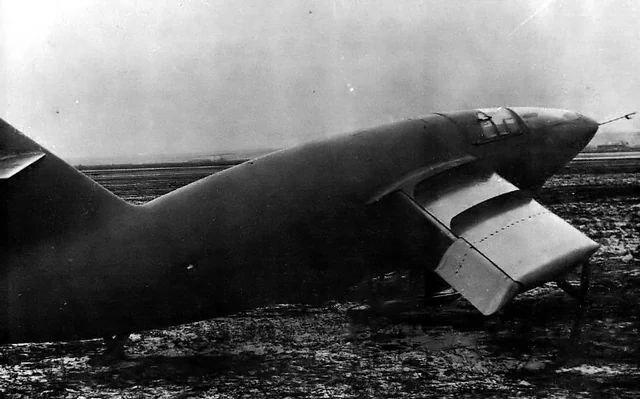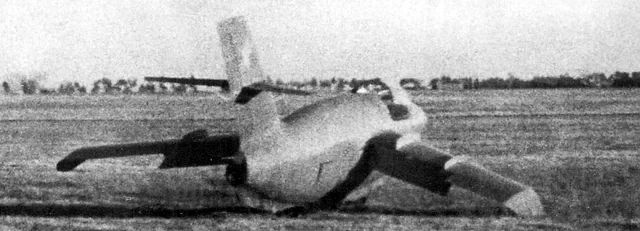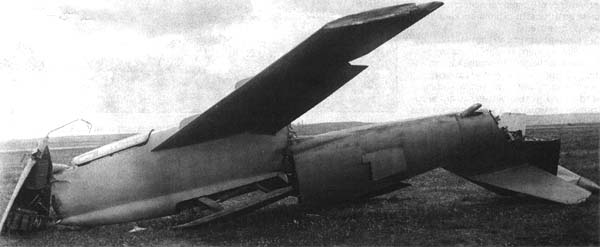Bisnovat 5 Russian Supersonic Research Aircraft
The Bisnovat 5 was a Soviet experimental research aircraft developed in the late 1940s to explore the challenges of supersonic flight. It was one of the earliest attempts in the USSR to design and build an aeroplane capable of exceeding the speed of sound, paralleling Western efforts such as the American Bell X-1 and the British Miles M.52.
The project was initiated by Matus Ruvimovich Bisnovat, a talented Soviet aeronautical engineer who had worked previously on high-speed aircraft designs. His aim was to produce a small, rocket-powered research aircraft that could gather essential data about aerodynamics, control, and stability in the transonic and supersonic regimes. At the time, Soviet knowledge in this field was limited, and the Bisnovat 5 represented one of the first concrete steps to address that gap.
The design of the Bisnovat 5 was straightforward and inspired by the German DFS 346 which had been captured at the end of the Second World War. It was a compact, tailless, mid-wing monoplane with sharply swept wings, a streamlined fuselage, and a retractable skid undercarriage instead of wheels, to simplify construction and reduce drag. Power was to be provided by a rocket engine based on the German Walter HWK 109-509 unit, which had powered the Messerschmitt Me 163 Komet and DFS 346.
Construction of prototypes began in 1947 with unpowered flights released from a Petlyakov Pe-8 bomber to gather data on handling and stability. These tests revealed serious control issues, particularly in yaw and pitch, and the aircraft proved extremely difficult to manage at high speeds, even in unpowered dives. The first prototype (5-1) was lost in a crash-landing after its third flight. To improve stability, the second prototype (5-2) was fitted with a 45 degree swept fin of greater aspect ratio to improve directional stability. However, further delays were caused when the pilot landed off the runway causing serious damage.
To improve the landing stability the 5-2 was modified with wing-tip skids, at the end of downturned wing-tips with 45 degrees anhedral, and a single skid on the centreline, as well as a ventral fin at the rear.
Due to slow progress, the programme was abandoned and the Bisnovat 5 was cancelled without the aircraft making a single powered flight and only sixteen gliding flights, between 14 July 1948 and November 1949, during which a maximum speed of Mach 0.775 was attained.










